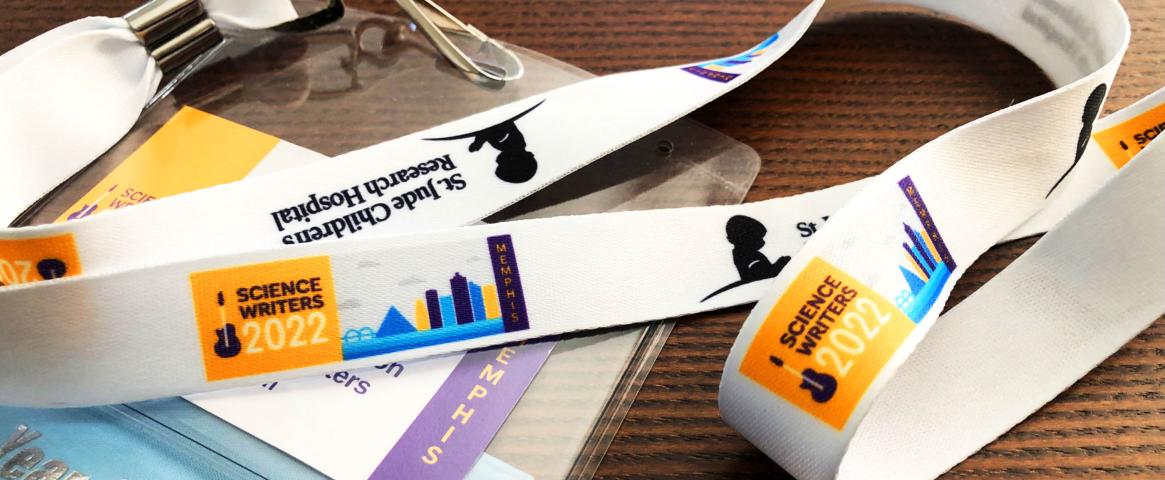By Ling Xin
Abortion is an essential component of healthcare. However, it is becoming difficult or impossible to obtain for millions of people in the wake of the U.S. Supreme Court’s decision to overturn Roe v. Wade. The Oct. 19 ScienceWriters2022 virtual session titled “Abortion and Science Reporting” (#AbortionJournalism) brought together abortion researchers from different fields to discuss the most pressing issues and pitfalls in media coverage about abortion.
Organized and moderated by science and medicine journalist Amy Maxmen, the session exposed the audience to some of the latest abortion-related research, and offered insights into how this sensitive and controversial topic can be better covered. The speakers included Diana Greene Foster, professor of reproductive health at the University of California, San Francisco; Caitlin Knowles Myers, professor of economics at Middlebury College; Tamika C. Odum, associate professor of sociology at the University of Cincinnati; and Patty Skuster, visiting professor of law at Temple University.
In her opening remarks, Myers revealed an abortion access dashboard which she had developed with a company to keep users updated on abortion bans and destinations across the country. By showing key information such as which states were enforcing bans, where major abortion destinations were located, and what their appointment availability looked like, the dashboard made a helpful tool for reporters who struggle to keep up with different polices in different states.
Skuster introduced legal epidemiology, a relatively new field which studies the causation of the law to the public health outcome. In the context of abortion, she examined the legal effects of abortion bans, which impose criminal penalties on illegal abortions, and how a widening range of behaviors are now subject to law enforcement’s attention and prosecution.
As people seeking abortions move farther from clinics and even underground, the topic is again ever challenging to cover for journalists. Based on her experience as a community-based researcher, Odum said that the key lies in communities. She suggested that journalists who are committed to unpacking the complexity of abortion issues should build trust and relationships with communities, so they can learn personal experiences and put a face to abstract abortion numbers, and find stories that really matter and are super powerful in the field.
Foster echoed Odum by pointing out a major pitfall with abortion-related media coverage nowadays: the lack of the “human part.” Many stories fail to address basic questions such as why someone would want to have an abortion, and what the consequences of denying abortion access are on their physical health, economic well-being, and other critical facets of life. Generally speaking, abortion stories need a broader frame, she said, rather than just an ethics discussion about the fetus or a political issue about voting.
Foster also pointed out a few common misuse of medical terms in the media. For instance, “late-term abortion” is widely used for abortion after 13 or 20 weeks of pregnancy, but “late-term” is a reference to the terminology “late-term pregnancy” — classified as the time after 40 weeks, when the person is about to deliver.
In some cases, political statements are misleading themselves — and journalists should be careful not to replicate what politicians say, Foster said. While heartbeat bills ban abortion at six weeks, Foster underscored that studies showed that a six-week-old fetus has no heart yet; similarly, the so-called “pain-capable fetus bills” bans abortion at 20 weeks, but abundant research revealed that the fetus feels no pain before 28 weeks.
The session concluded with audience questions — and encouragement from the panelists. Foster notes there had been more widespread coverage of abortion in recent years, and stories were not always about violent protests or abortion as a shameful topic any more. And as abortions are being stigmatized and criminalized once more, Skuster emphasized the importance of abortion-related reporting in this moment: “It is critical to write about both the ordinariness of abortions for an average person, and the way criminalization is making this normal decision extraordinary.”
Ling Xin (@LingXin17) is a science writer mainly covering physics, astronomy and space with bylines in Scientific American, Science, Physics World, and South China Morning Post.
This ScienceWriters2022 conference coverage article was produced as part of the NASW Conference Support Grant awarded to Xin to attend the ScienceWriters2022 national conference. Find more 2022 conference coverage at www.nasw.org
A co-production of the National Association of Science Writers (NASW), the Council for the Advancement of Science Writing (CASW), and St. Jude Children's Research Hospital, the ScienceWriters2022 national conference featured an online portion Oct. 12-19, followed by an in-person portion held in Memphis, Tenn. Oct. 21-25. Learn more at www.sciencewriters2022.org and follow the conversation on Twitter at #SciWri22
Credits: Reporting by Ling Xin; edited by Ben Young Landis. Photo by Ben Young Landis/NASW




